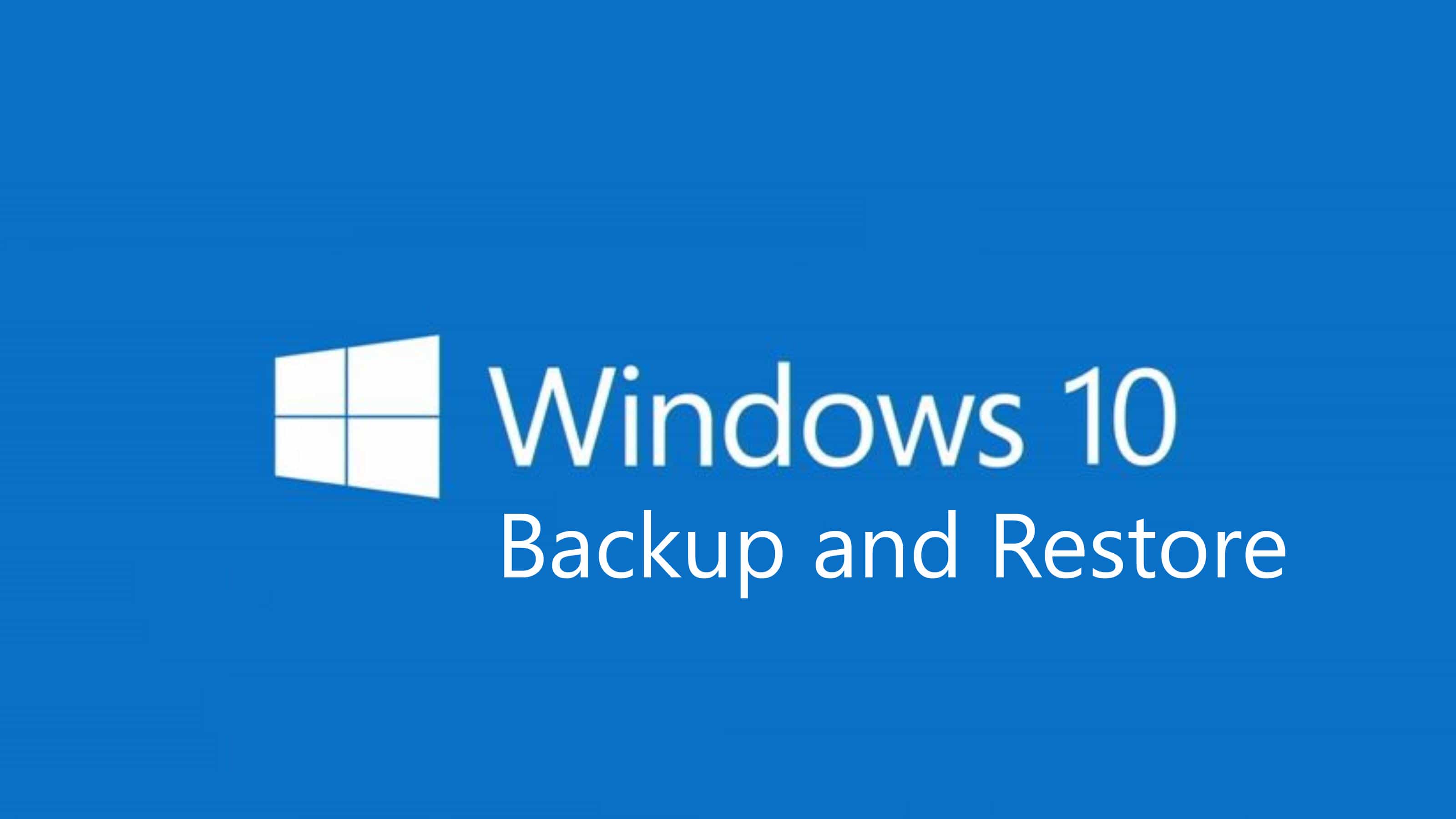YOU SHOULD DO THIS ASAP!
As soon as you have a solid and working Windows 10 installation, you should create a System Image and System Repair Disc. In this way should something go wrong, you can restore your system to function just as it was when the image was created.
How to perform an image backup in Windows 8.1 or 10
1- Right-click the Start button and launch Control Panel.
2- Click File History.
3- While in File History, click the System Image Backup link in the bottom-left corner of the screen.

4- Connect an external USB hard drive with enough free space.
5- In the backup wizard, you’ll be prompted to choose from one of the three options to save the backup. For this example, we are going select the hard drive you just connected. However, keep in mind that you can backup to DVD blanks and a network share, but these options will slow down the backup process.

6- Click Next.
7- Confirm and begin the process by clicking Start backup.
You can not use your primary hard drive for the image backup. You will need a secondary drive or an external USB drive. If your system supports USB 3.0 or USB 3.1 and you have a USB 3.0/3.1 hard drive, this is a perfect time to make use of the extra speed.
You can use your DVD drive to create the system image. As you would expect, this will require several DVD’s and will take significantly longer. If you choose this method make sure you label each DVD as you create them, so you can insert them in the proper order should you ever have to perform a restore.
Restore your computer from backup
To restore your computer from backup, connect the drive with the system image backup and reboot your computer with the Windows installation media.
If you haven’t got your Windows installation media (and even if you have), it’s a good idea to create a recovery boot disc.
Once you have your system image created, you should be prompted to create a boot disk. This only has to be done one time, so create this boot disk using your CD/DVD burner and then label and store this away.
To summarise, should you ever want to restore your system to a working condition:
- Make sure the disk where the system image is connected to your PC
- Boot your PC, and accept the prompt to read from your CD/DVD drive upon start
- Follow the instructions to restore your system image using the appropriate system Image
To create a USB recovery drive
In Control Panel, enter recovery drive in the search box, then tap or click You might be asked for an admin password or to confirm your choice.
After the recovery drive tool has opened, make sure the ‘Copy the recovery partition from the PC to the recovery drive’ check box is ticked, then tap or click Next.
The checkbox is greyed out when your PC doesn’t have a recovery partition. The recovery drive will include only the recovery tools and a bootable image, but not a recovery image to use for refreshing or resetting your PC.
Insert a USB flash drive into your PC that is at least as large as the size indicated on the screen.
Tap or click the USB drive you would like to use for your recovery drive, then tap or click Next.
Tap or click Create.
The recovery image and necessary recovery tools will be copied to your USB flash drive, which will take a while depending on your PC and the size of the recovery image.
When the process is finished, do one of the following:
If you want to keep the recovery partition on your PC, tap or click Finish.
If you want to remove the recovery partition from your PC and free up disk space, tap or click Delete the recovery partition. Then tap or click Delete. This will free up the disk space used to store your recovery image. When the removal is finished, tap or click Finish.
Some PCs don’t offer the option to remove a recovery partition. If you experience this, there isn’t a recovery partition on your PC that’s using additional disc space.
Remove the USB flash drive.
This is now your Windows 8.1 / Windows 10 recovery drive, and you’ll need it if you ever need to refresh or reset your PC. Keep it in a safe place and don’t use it to store other files or data.
If you need help with backing or or restoring your PC, please contact John Mosley

